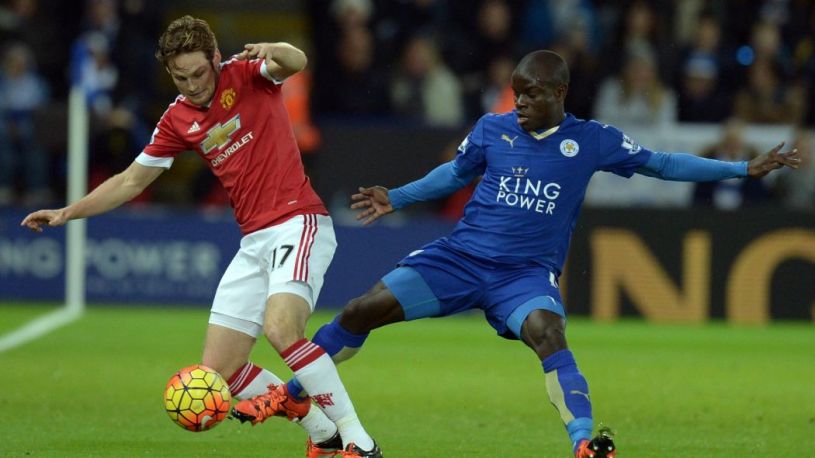In the ever evolving game of football, player roles change depending on the style the coach wants to implement. Therefore, the same position on the pitch can have different meanings and tasks to different teams and players. In football right now, the most important position might be the one of the defensive midfielder. The position is perhaps the one which can differ the most from team to team.
The word ‘defensive’ was probably put in front of midfielder in order to describe what the position was first meant to give a team. To bring security and balance in defence is the main job description of the classic defensive midfielder. This was at a time when the more attacking players was solely in charge of creating chances and running the attacking play. However, the game changed, mainly due to coaches finding ways to deal with these attacking players. Therefore, the creative players had to move deeper to get on the ball, which in Italy culminated in the creation of the role of regista. We’ve covered what the regista does previously on this blog, but Andrea Pirlo is the perfect example of this type of defensive midfielder. While he plays deep, he is by no means a defensive player, instead on the pitch to make sure his team ‘tick’ and control possession as well as tasked with creating chances. Pirlo did this better than anyone, but the defensive side of his game was limited.
So the regista is one role and the other two most prominent is the midfield controller and the ball-winner. With the help of Squawka’s fantastic statistical tools, we’ll analyse these roles and what the players in these roles really bring to a team.
The ball-winner
The name says it all really. This type of defensive midfielder fulfil the classic job description of the position. He breaks up play, tackles, intercepts and dominate opposition attackers through his physical stature. By no means does this mean that the player has to be physically big, but he needs to be a very good defender. Normally, the ball-winner might not be the best passer or the most creative, instead focusing on winning the ball back in order to give it to a teammate better equipped to start the attack. One of the best ball-winning defensive midfielder in Europe right now is Leicester City’s fantastic Frenchman N’Golo Kanté. Kanté has effortlessly made the step up from the French Ligue 2 to the English Premier League and has along with Jamie Vardy’s goalscoring and Riyad Mahrez’ magic been the main reason Leicester are top of the league with four matches remaining. Kanté only averages 38 passes a game, but his defending is extraordinary, averaging 4.06 interceptions a game as well as winning an average of 3.27 tackles.
At just 1.69 metres, Kanté isn’t of the stature you’d expect of a ball-winner, but he is a remarkable defender. Kanté is a brilliant midfield player who can also drive with the ball, he keeps the ball well and he can create chances, but his main job is to win the ball back, and he does that brilliantly. Another example of a ball-winner is Grzegorz Krychowiak, who even edges Kanté in terms of interceptions at 4.83 a game. A third example is Nemanja Matic of Chelsea, who unlike Kanté is physically imposing and dominates through his size.
Examples of ball-winners: N’Golo Kanté (Leicester City), Grzegorz Krychowiak (Sevilla), Mikel San José (Athletic Club) and Nemanja Matic (Chelsea)
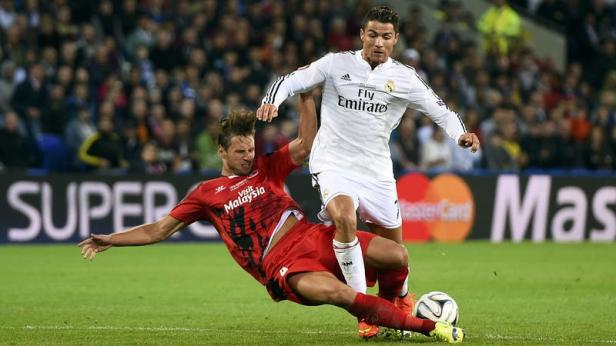
The midfield controller
Once again the name gives it away. The midfield controller controls the midfield. Simple as that really. Through top quality defensive capabilities like intercepting, positioning and tackling as well as attacking qualities like passing and perhaps also shooting and driving with the ball, the midfield controller completes a player who can do almost anything. The defensive stats might drop a little from the ball-winner, but the passing and quality in possession as well as in the last third will probably be better. Players like Sergio Busquets and Daniele De Rossi have highlighted how important players in this role can be, with Busquets in particular performing as one of the best players in the world across the last eight years. Both these players have also won a World Cup, as well as facing off in the Euro 2012 final. Busquets is the epitome of the role, and averages 65 passes at a 89% completion rate as well as 2.16 tackles won a game and 2 interceptions. Another Spanish pivote, as they call it, is Bruno Soriano at Villarreal. Bruno has been top class for years and edges Busquets in terms of interceptions at 3.29 a game.
Examples of midfield controllers: Sergio Busquets (Barcelona), Daniele De Rossi (AS Roma), Eric Dier (Tottenham Hotspur) and Bruno Soriano (Villarreal).
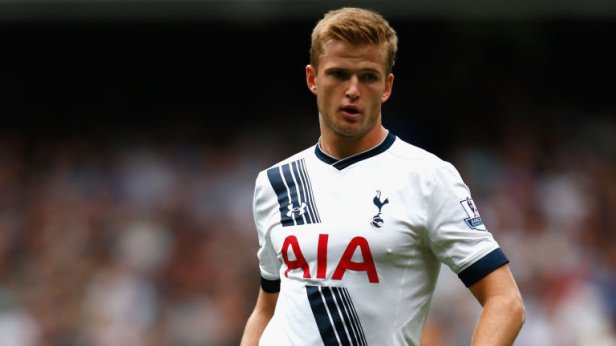
The regista
The Italians call it the regista which translates to director and directing is exactly what the regista does. As stated earlier, the regista is picked to make the ball move and to create a solid base to the team’s possession play and also to create chances. Andrea Pirlo was used as an example above as a player with extraordinary attacking qualities, but lacking in defensive attributes. Of course, a regista can also be a good defender, but the main job is to be create and very good in possession of the ball. This requires immaculate passing ability, football intelligence and an ability of reading the game. Positionally, the player needs to be spot on in order to hide his defensive weaknesses to make sure the team won’t suffer.
The two players I want to mention here is Napoli’s Jorginho and Borussia Dortmund’s Julian Weigl. Both have come on immensely this season, and will surely be included in their respective leagues team of the season. Weigl is a young player who makes his first season in the Bundesliga, but he has stepped up as effortlessly as Kanté and is the key to Borussia Dortmund’s passing game. Weigl is always looking to get on the ball and averages 72 passes a game at an excellent completion rate of 92%. Positionally he impresses too, with 2.16 interceptions on average.
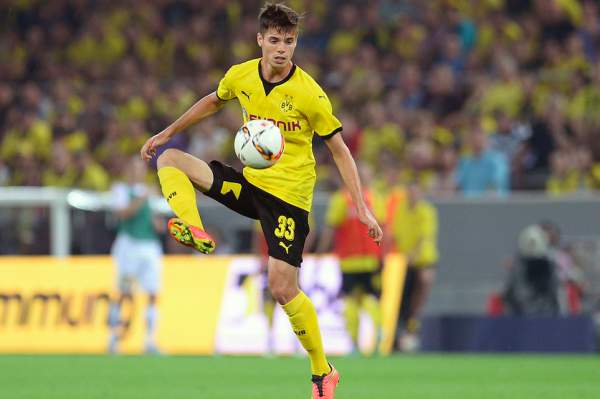
Perhaps the best midfielder in Europe this season though, is Jorginho. He averages 99.84 passes a game at a completion rate of 91%. That makes him Europe’s top passer, making 3095 passes in total, over 400 passes more than number two on the list, Marek Hamsik. Jorginho also creates 1.74 chances a game and has four assists this season. Everything goes through him, and Napoli have enjoyed a spectacular season where they have challenged Juventus all season long. Defensively he’s been excellent too, averaging 2.19 interceptions and 1.68 tackles won. Jorginho could also perhaps be classed as a controller, but I’m going with him as a regista.
Examples of the regista: Andrea Pirlo (New York City), Julian Weigl (Borussia Dortmund), Leandro Paredes (Empoli) and Jorginho (Napoli).
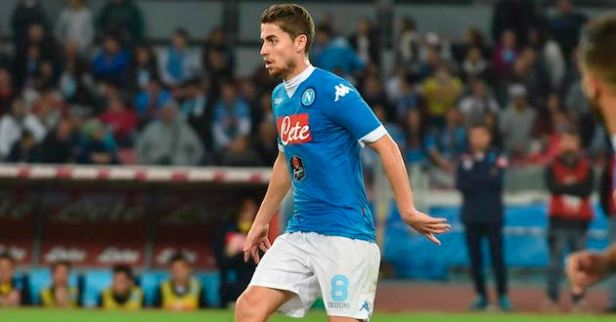
Concludingly, the defensive midfielder is one of the most important positions on the football pitch. The position have different roles depending on the player and the style implemented by the coach, but they are always critical to a team’s performance and success. Just look at the importance players like Kanté, Dier, Weigl and Jorginho have had at their respective clubs this season. The defensive midfielder will remain important, and every coach needs to decide what he wants his player to do. So look at the players mentioned and learn, because the position will remain one of the most tactically fascinating.
